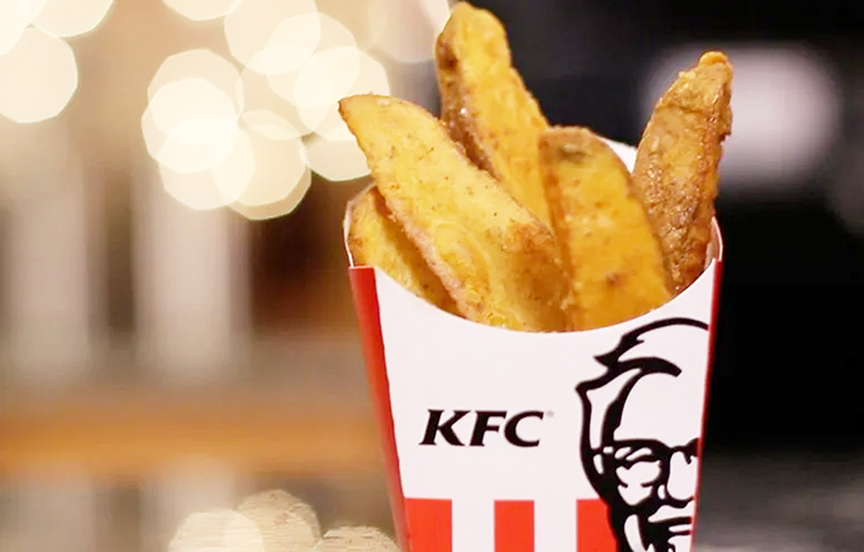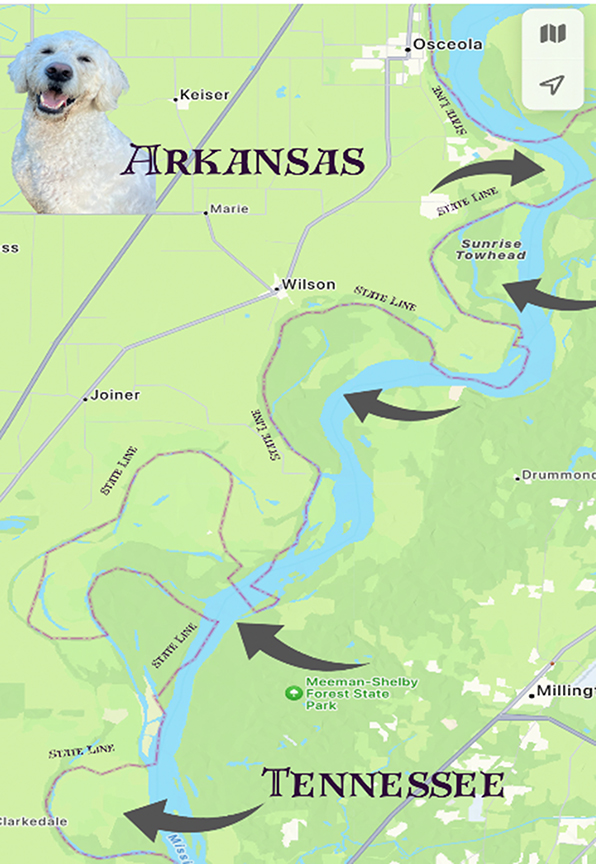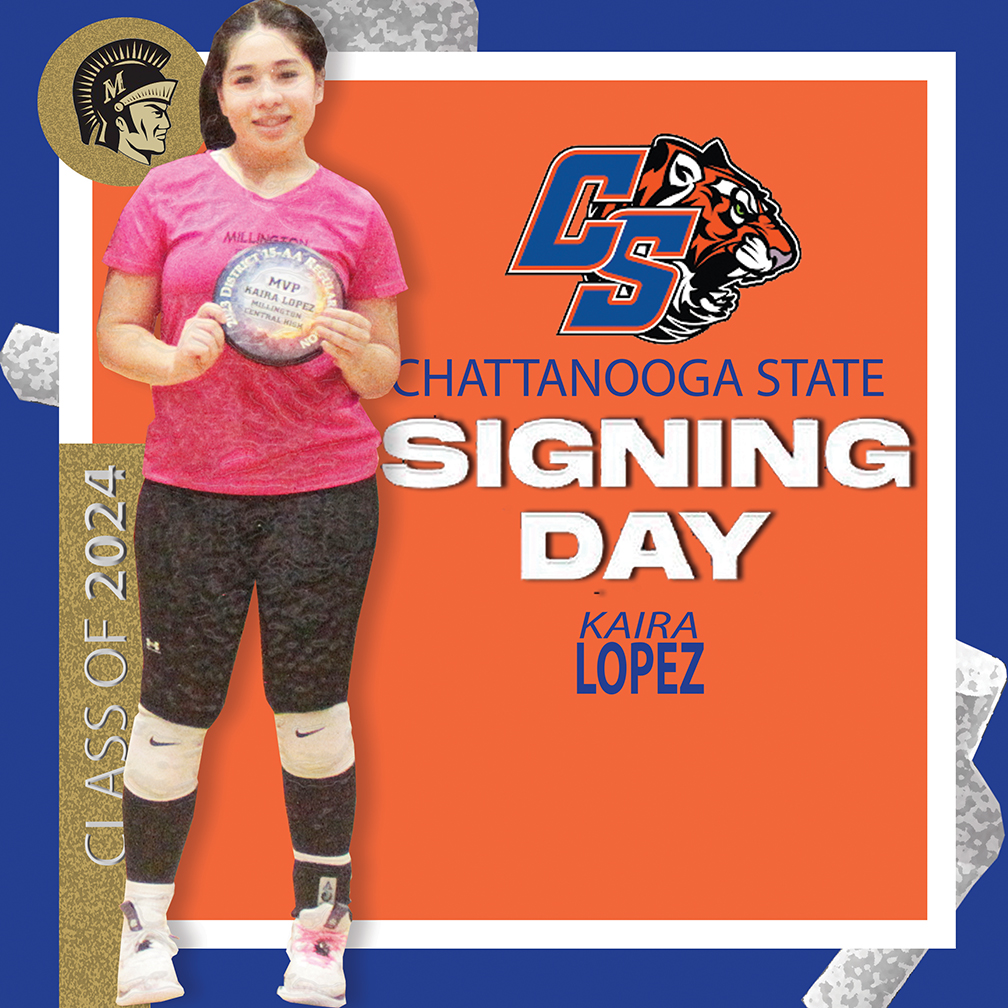By David Peel
Most people have their side mirrors pointed to see along the side of their car.
That is helpful when parking or making sure you are clearing a garage door or shopping cart.
This will not be helpful in merging. In fact, you may have a false sense of security.
The side mirrors are intended for gathering detection of movement and presence of vehicles.
They remain your most robust ally in preventing a merging crash.
This is true whether or not you are merging left into traffic, changing lanes, or avoiding someone else who is.
I know I sound like your dad, here, but proper positioning and use of mirrors prevent accidents.
Properly adjusted mirrors should allow you to see directly into your side of the lanes on either side.
Side-view mirrors
To adjust the driver’s side-view mirror, place your head against the left side window and set the mirror so you can just barely see the side of the car in the mirror’s right side.
Set the mirror so you can just barely no longer see the side of the car in the left side of the mirror.
With proper setting, one can approximate almost seamless views around your vehicle, which can help you detect the presence of nearby vehicles.
When I am being passed by a vehicle in the lane to my left, I can watch it appear in my rearview, then progress from the rearview mirror, to the left side mirror and then it appears in my peripheral or side vision.
Remember, even properly positioned mirrors never eliminate all blind spots, and the relative speed of an approaching car or motorcycle may surprise you.
To reduce risk take these steps:
- Try to get in the correct lane, exit lane or merging lane well in advance.
- Merge at speed where possible.
- Check your mirrors.
- Signal before pulling into a lane, not simultaneously.
Listen for a horn. - Cast a glance over your shoulder to verify clearance.
- One last check of mirrors as you merge.
Peel seeks justice for those injured in tractor trailer and car accidents, medical malpractice, and disability.
He often addresses churches, clubs and groups without charge.
Peel may be reached through PeelLawFirm.com wherein other articles may be accessed.






